EXCLUSIVE: Trump’s Impact on Ukraine Conflict: Negotiation, Influence, Shifting Geopolitics
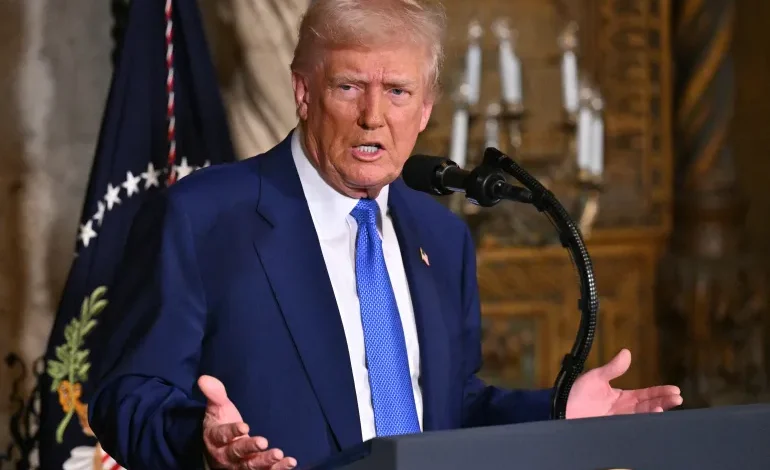
Since US President Donald Trump assumed office, the conflict in Ukraine has been a focal point of international attention. His administration’s swift policy changes, including adjustments to aid allocation, a recalibration of relations with Russia, and a greater emphasis on peace negotiations, have significantly altered the dynamics of the war.
“Trump’s role in the Russian-Ukrainian war, with its baffling and more-or-less appalling daily turns, is, in some fundamental sense, in fact a negotiation between two parties; and thus a prediction, by me, about what each day might bring,” Piotr Górecki, Professor of History at UC Riverside, told Wyoming Star.
Latest Developments
Recent peace negotiations, facilitated by Washington, have yielded a partial cessation of hostilities between Russia and Ukraine, focusing on the Black Sea and energy infrastructure. However, the Kremlin has attached specific conditions to adhering to the agreement, including the restoration of its financial institutions’ access to international payment systems and the lifting of sanctions on its agricultural sector.
While Ukraine reportedly accepted a broader US offer for a complete ceasefire, Russia rejected it, conditioning any truce on a halt to Western military aid and Ukrainian mobilization efforts.
Trump’s Incentive
Górecki highlights a key aspect of Trump’s approach: his personal view of Russian President Vladimir Putin.

Source: Getty Images
“Trump admires Putin, he models himself on Putin, he is probably financially indebted to and otherwise dependent on Putin, and he plainly wishes Ukraine to lose,” Górecki said.
However, Trump has consistently emphasized prioritizing the interests of the American people, particularly regarding the financial burden of supporting Ukraine. The ongoing war, coupled with demands from Ukrainian leadership for increased resources, has fueled questions about the effectiveness and accountability of US aid over more than three years of the conflict in Ukraine.
Overlooked Factor: NATO Expansion
Beyond individual leaders and short-term strategies, a deeper reason contributes significantly to the crisis: the eastward expansion of NATO. While the dominant narrative focuses on Russian aggression, the Kremlin consistently points to the threat of NATO expansion along its borders as a primary driver of its actions.
This perspective aligns with long-standing criticisms that NATO enlargement, since the 1990s, would be perceived by Russia as a direct provocation, potentially destabilizing the region.
Overall, while the Trump administration’s impact on the Ukraine conflict is evident through a negotiation-based approach and a focus on American interests, the outcome of the war still remains shrouded in uncertainty, with all the interconnected factors potentially influencing its ultimate resolution in ways that are difficult to predict.
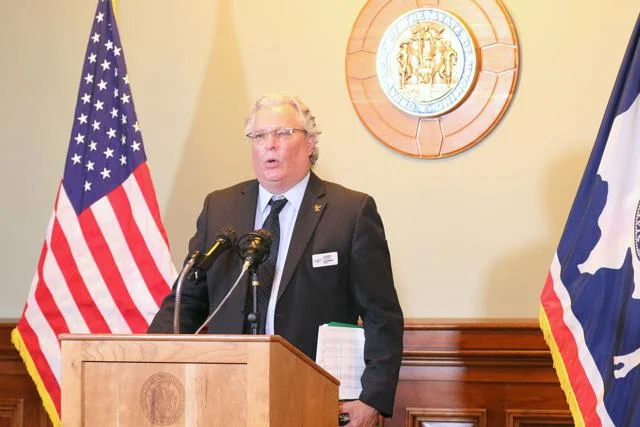

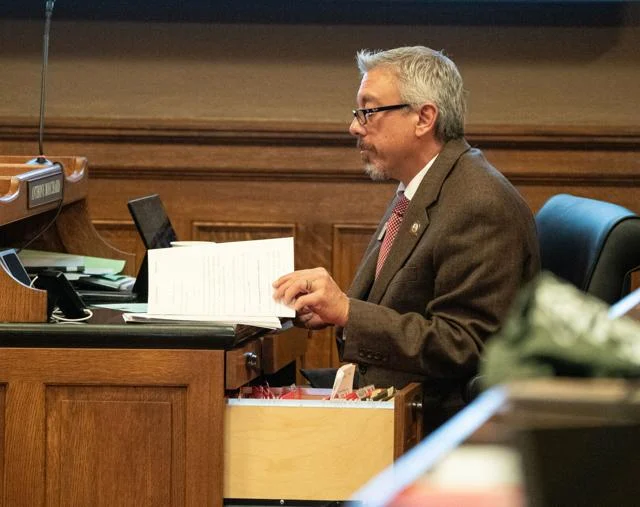
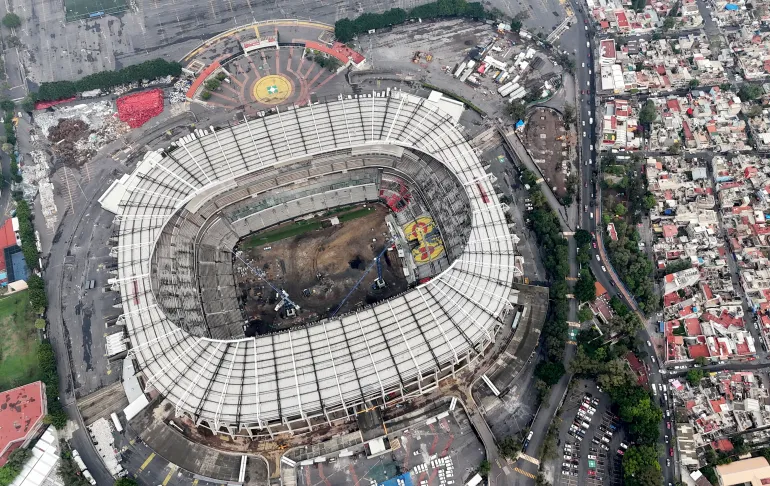
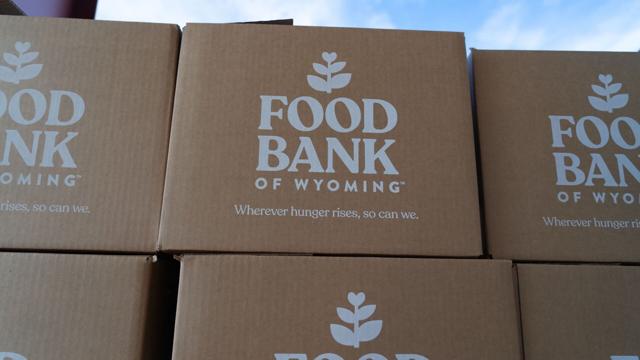



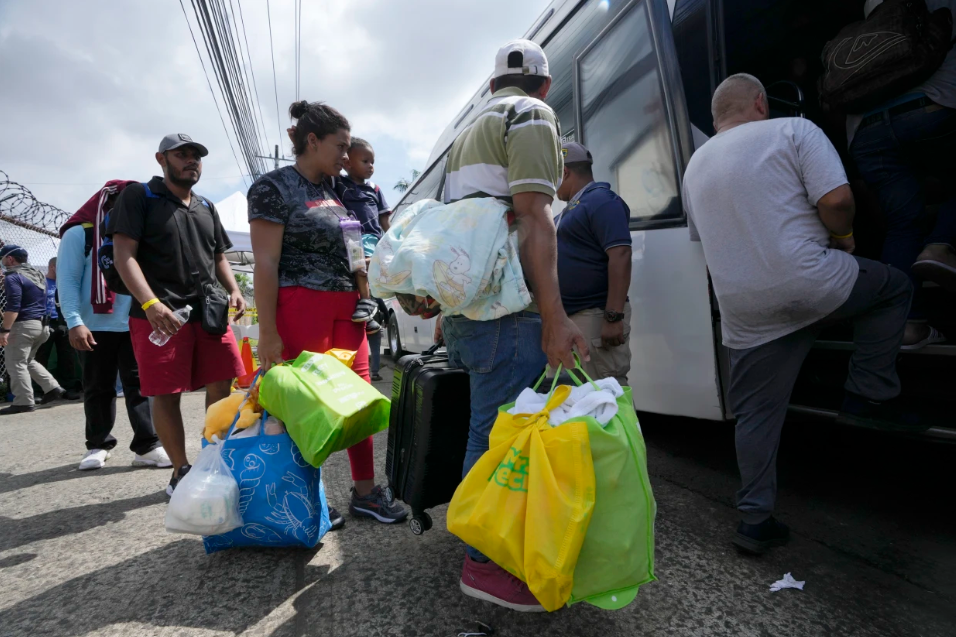
The latest news in your social feeds
Subscribe to our social media platforms to stay tuned